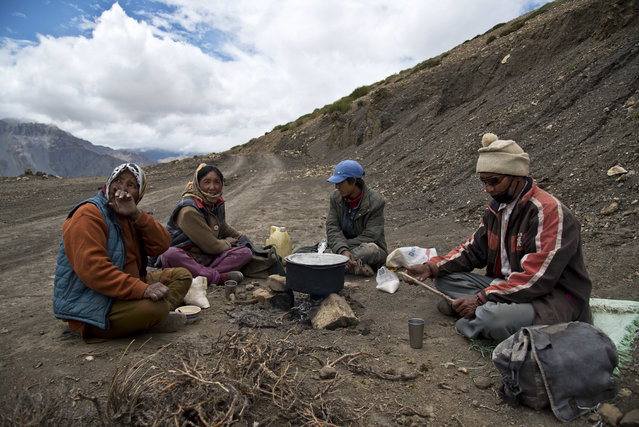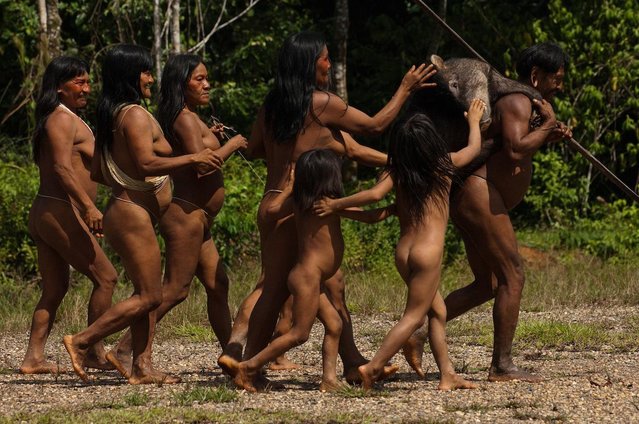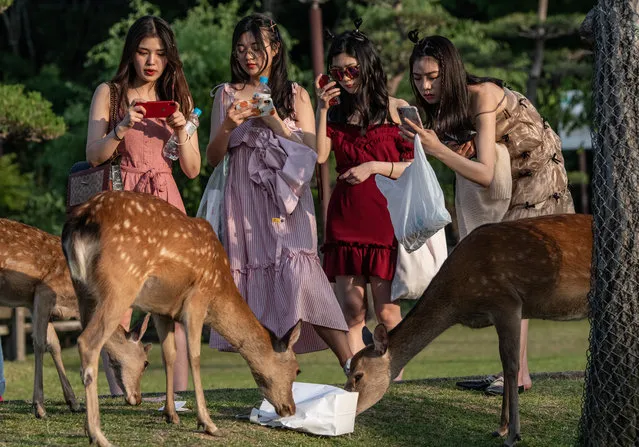
Stunning images show the rolling splendor of the "iceberg capital of the world" under auroras. The photographer even includes himself in many of the shots – a signature of his that offers a fresh take on the conventional selfie, as well as providing a sense of scale to his works. Ziskas shot the photographs over a 10-day visit to western Greenland in September. Here: the photographer even includes himself in many of the shots – a signature of his that offers a fresh take on the conventional selfie, as well as providing a sense of scale to his works. (Photo by Paul Zizkas/Caters News)
20 Nov 2015 08:01:00,post received
0 comments







